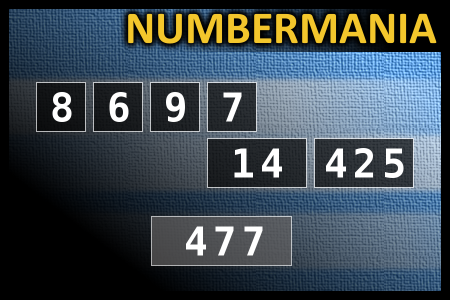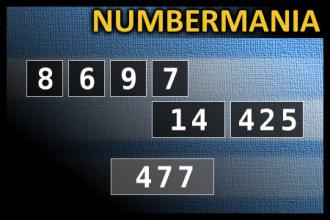Calculate the number 477
NUMBERMANIA: Calculate the number 477 using numbers [8, 6, 9, 7, 14, 425] and basic arithmetic operations (+, -, *, /). Each of the numbers can be used only once.Correct answers: 33
The first user who solved this task is Sanja Šabović.
#brainteasers #math #numbermania

Sunburn
A doctor is making his rounds in the hospital when he comes upon a guy with the worst case of sunburn he has ever seen. The poor guy is burnt raw from head to toe and is in agony. He says to the doctor, "Is there anything you can give me to ease this terrible pain?"
So the doctor says, "Yes, I'll prescribe you some Viagra".
"Viagra?" says the poor guy. "How will that help my sunburn?".
"It won't help your sunburn much" says the doctor, "but at least it'll keep the sheets off it!"

